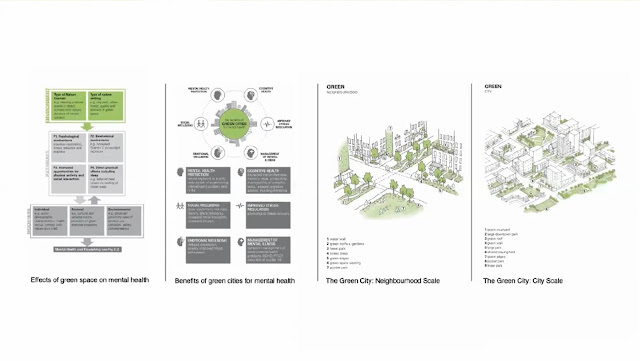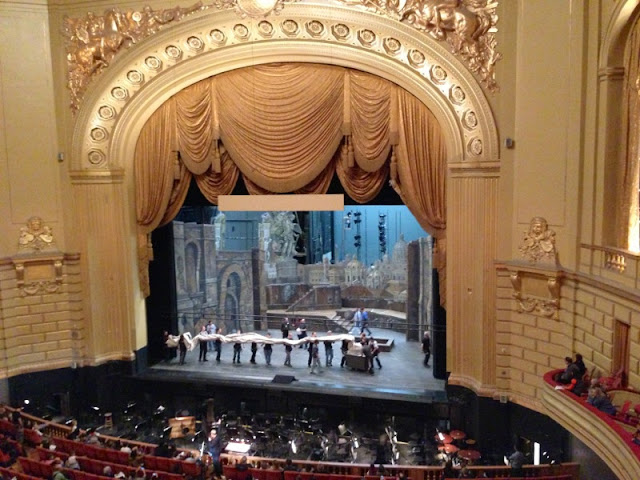Does the design of VR environments affect the mental health of players/learners?

I think it also helps to begin a research project by reflecting on personal experiences as well as those affecting others because its good to be transparent, we are human having human experiences and it would be remiss to deny the scientist in the science! (Especially when thinking about concepts such as Gregory Bateson’s observer, observing the observed feedback loop ). I’m not sure who took the I out of research but I’d very much like to put it back in :D.
Ethics
User-centred Design is integral to the design of anything.. but is especially utilised in the agile app development process. Users need (and have every right) to be handled with sensitivity and careful consideration. There is an ethical responsibility to advise users if there could be any possible harm to their physical and mental health while using an app. This should be central to the design of any virtual learning space so that it can support the users mental health. This consideration should extends to the environment a user is navigating in as well as objects, players or characters they are interacting with. This is just something I will have as a central focus when I begin to sketch out the prototype design.
This brings me nicely to my current topic. To begin I started by writing a simple hypothesis from which I could think about any assumptions I was making and any questions that might be a useful starting point.
Hypothesis: Open spaces have a positive effect on mental health because they afford free exploration and interaction that could support experiential learning and a positive state of mind.
Does it ? If it does… Why ? How are virtual spaces designed to affect mental health ? How might this relate to Natural and Architectural spaces in general ?
Initial Questions
1. Does interaction have a positive/negative affect on mental health ?
2. Does navigation have a positive/negative affect on mental health ?
3. Does free exploration of a space have a positive impact on mental health ?
4. Does interaction afford experiential learning and if it does, does this kind of learning impact positively on mental health ?
5. Can VR environments be designed to support positive mental health through immersive, experiential and interactive learning ?
6. Is VR comparable to other modes of TEL ? If it is, in what way?
7. Where is the research ? Who is doing the research ? How can I access the research :D
In thinking about how mental health conditions are represented as survivor stories or through art direction as well as thinking about my own experimental ‘nature’ environment studies. I am going to look at how virtual spatial design might affect player/learner/interactor interaction and navigation as a starting point and the. Think about narrative (but I am considering that may be a bridge too far !)
The Bridge Too Far (Complete with Roly ole Troll)…
In terms of being sensitive to the interactors personal mental health issues, it may be good to look at where an environment supports/impacts negatively on how they might feel in the environment.
I am going to take a look at things like escape routes, access points, proximity to danger, misrepresentation/concealment of objects or anywhere an interactor might feel confused, scared, intimidated and/or trapped; or alternatively buttons, solutions, information, options that give a sense of autonomy, agency, joy, choice and/or freedom in virtual environments.
This is the first video I came across which was produced for channel 4. It’s short but it really makes you pause for thought.
Written by Jenny Roe and Layla McCay
I am in the process of creating a set of bullet points from this video that could help to write a set of basic principles to test in a virtual environment.
NOTES
Green spaces
Blue spaces
Water
Sensory spaces
Kinetic sculpture by wind
Touch
Active City
Physical health, mental and social being.
If I could find (or write) a set of first principles in designing virtual spaces that support mental health; it would be a good starting point to designing a quick prototype VR app that demonstrates some of these principles.
I really need to do a sweep of the VR app market and try out a few. I have a mediation app that is pretty good (and was the number one app released last year!) and so maybe I will do that in my next post.
I’d also like try using some apps purposely look to create particular anxiety creating affects. I could load up various zombie games, first person shooter games etc onto oculus to help me think about designing for affect.
How do games design for anxiety, fear etc…


